1. A&P
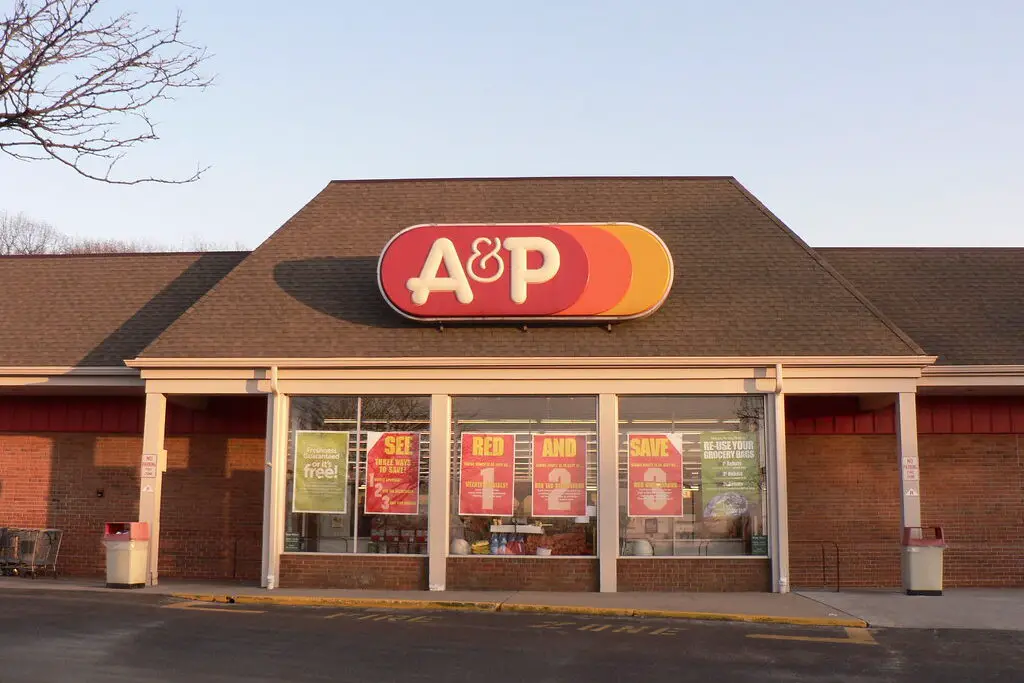
A&P, or The Great Atlantic & Pacific Tea Company, was once a grocery giant, with stores spanning the country. Founded in 1859, it became one of the first supermarket chains to expand nationwide. A&P was a go-to spot for many shoppers during the 20th century, known for its variety and affordability. The chain thrived especially in the ’50s and ’60s, often advertised as “the place where the prices are right.”
However, by the 1980s, A&P began to lose its grip. Increasing competition from discount stores like Walmart and specialized grocery chains took a toll. Despite attempts to rebrand and modernize, the stores couldn’t keep up with consumer demands. By 2015, A&P filed for bankruptcy, and many of its stores closed for good. The legacy of A&P still lingers in the memories of shoppers who once relied on it for their weekly groceries.
2. Winn-Dixie
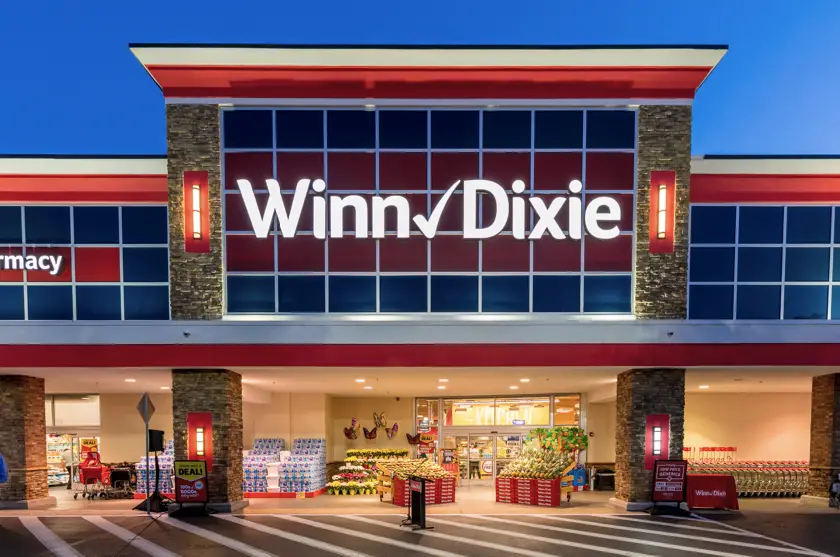
Winn-Dixie, founded in 1925, was a dominant grocery chain in the southeastern U.S. for decades. Known for its friendly service and regional presence, it became a staple for many families. Winn-Dixie also made its mark by offering a wide variety of goods at affordable prices. Their commercials, often with catchy jingles, made them unforgettable in the ’70s and ’80s.
However, in the 2000s, the company faced financial difficulties. Intense competition from larger chains like Publix and Walmart took a toll. Despite efforts to modernize and revamp their stores, Winn-Dixie couldn’t regain its former glory. Today, while the chain still operates in select locations, it is a shadow of its former self, and many of its once-bustling stores have been replaced by new competitors.
3. Food Lion
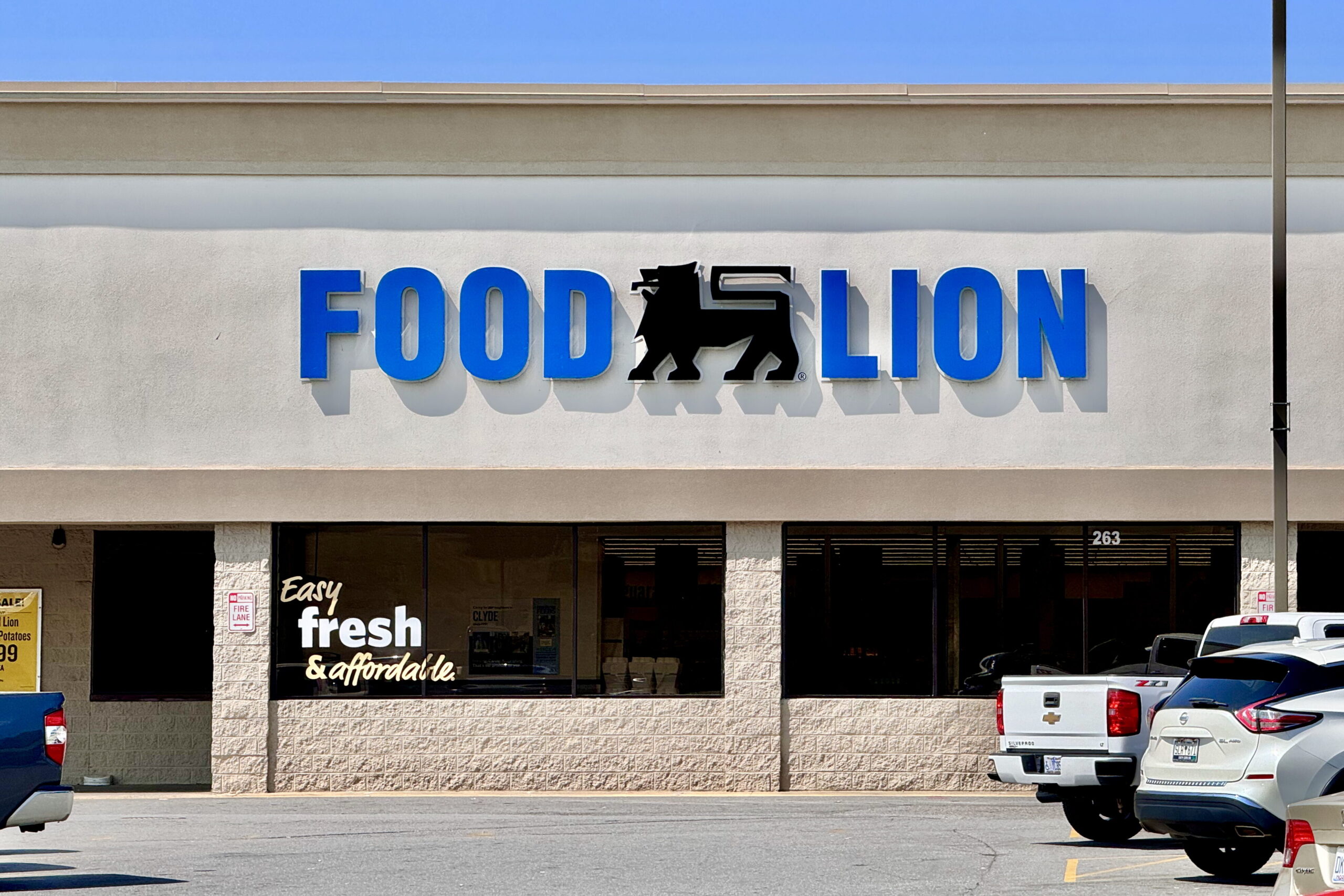
Food Lion, founded in 1957, was once a powerhouse in the southeastern and mid-Atlantic U.S. regions. The chain became known for its low prices, extensive selection, and strong customer loyalty. In the ’80s and ’90s, Food Lion had a reputation for being a budget-friendly option that could compete with larger supermarkets like Kroger.
However, a series of missteps and controversies in the late ’90s began to erode its image. Food Lion was involved in a high-profile lawsuit regarding its treatment of employees, which caused lasting damage to its reputation. Over the years, it struggled to keep up with modern grocery trends and competing chains, resulting in store closures. Today, Food Lion is still around but has scaled back its presence significantly.
4. Piggly Wiggly
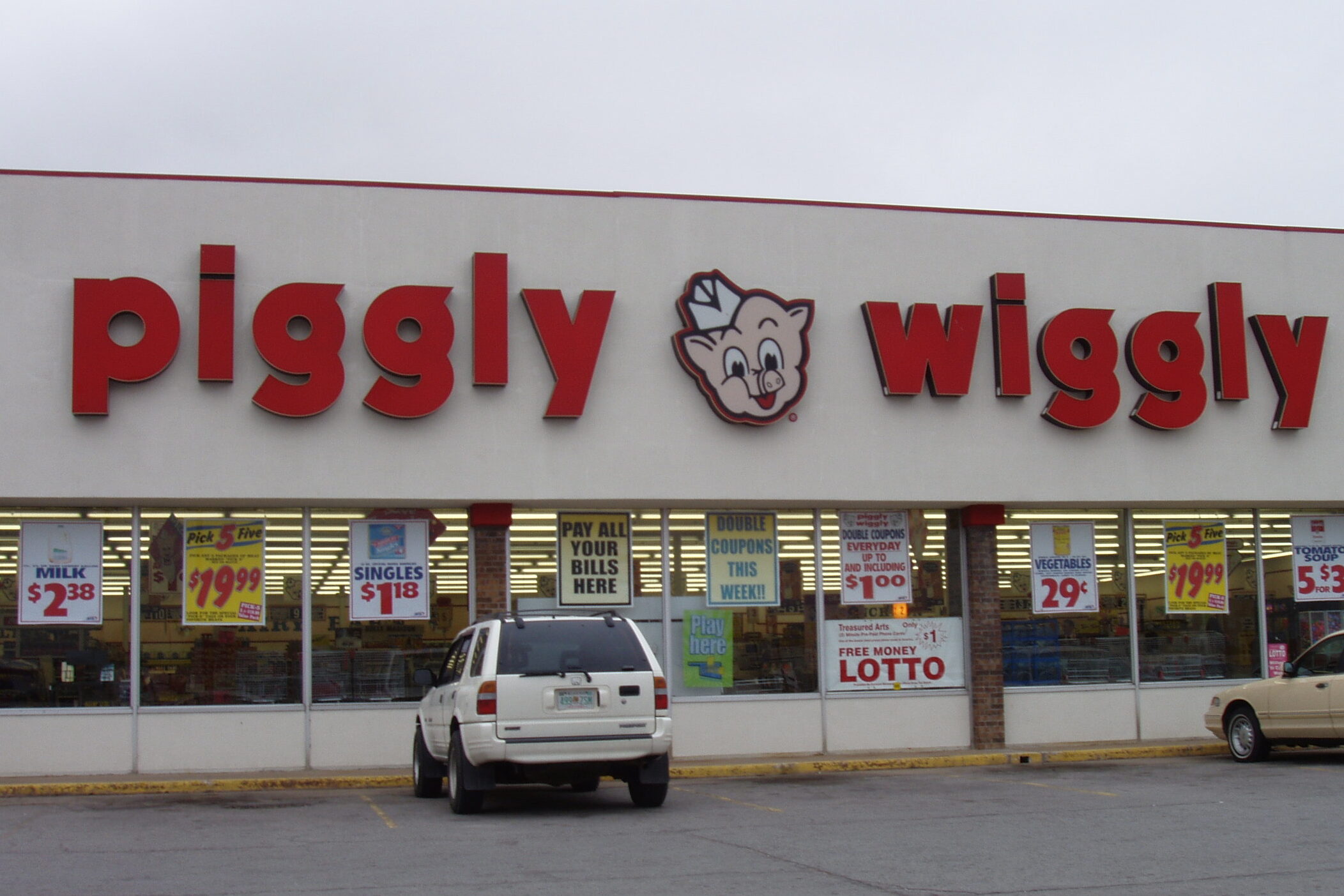
Piggly Wiggly is often credited as the first self-service grocery store in the U.S., founded in 1916. Its innovation in allowing customers to pick out their own groceries instead of relying on clerks was revolutionary. For many, the name Piggly Wiggly evokes nostalgia, as the chain was one of the first to introduce the concept of shopping carts and aisle organization.
Despite this early success, Piggly Wiggly’s reign was eventually overtaken by larger chains with more expansive inventories and better locations. While still operating in certain regions, the brand faded in popularity, and its store count shrank. Piggly Wiggly has become more of a regional player today, with just a handful of locations left in the U.S.
5. Pathmark
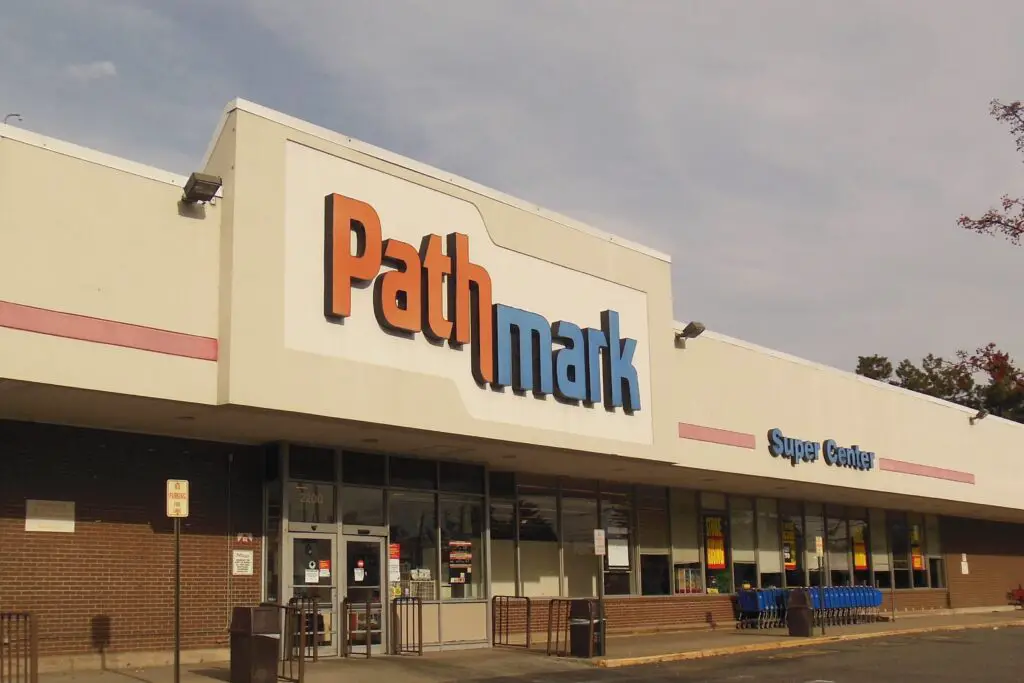
Pathmark was a regional grocery store chain that was well-known in the northeastern U.S. during the ’70s and ’80s. At its peak, it operated hundreds of locations in New Jersey, Pennsylvania, and New York. Pathmark was praised for its wide selection, affordable pricing, and focus on customer service, making it a go-to destination for families.
However, like many of its competitors, Pathmark struggled with the rise of bigger chains and the emergence of warehouse-style stores. The company was eventually bought out by A&P in the early 2000s, and Pathmark’s iconic stores began to disappear. While some locations tried to rebrand and adjust, they could never regain their former prominence, and by 2015, the last Pathmark stores were closed.
6. Albertsons (Pre-2000s)
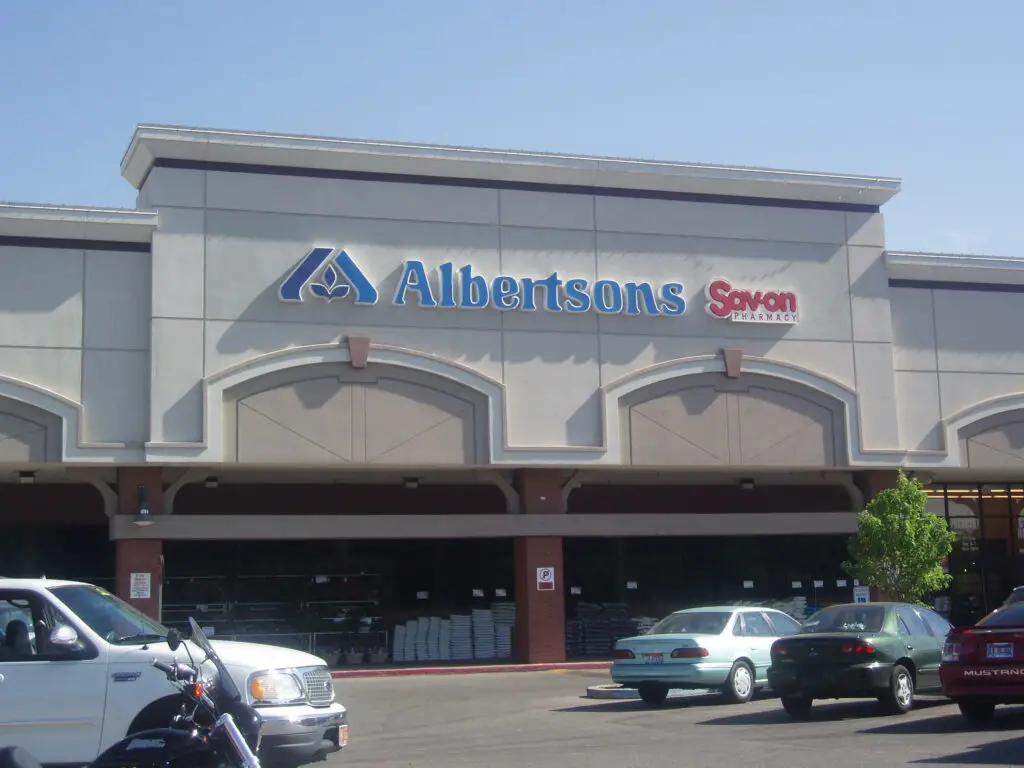
Albertsons, founded in 1939, became one of the largest grocery chains in the U.S., especially popular in the West. The chain was once known for its wide selection of fresh produce, dairy, and baked goods. Throughout the 1980s and 1990s, Albertsons’ bright stores and quality offerings made it a household name in the grocery business.
However, Albertsons struggled in the early 2000s with a series of mergers and acquisitions that led to store closures and brand confusion. Despite efforts to reestablish itself, it was eventually overshadowed by competitors like Costco and Walmart. While Albertsons still operates today, the stores that were once a familiar sight on every corner have become fewer and farther between.
7. Grand Union
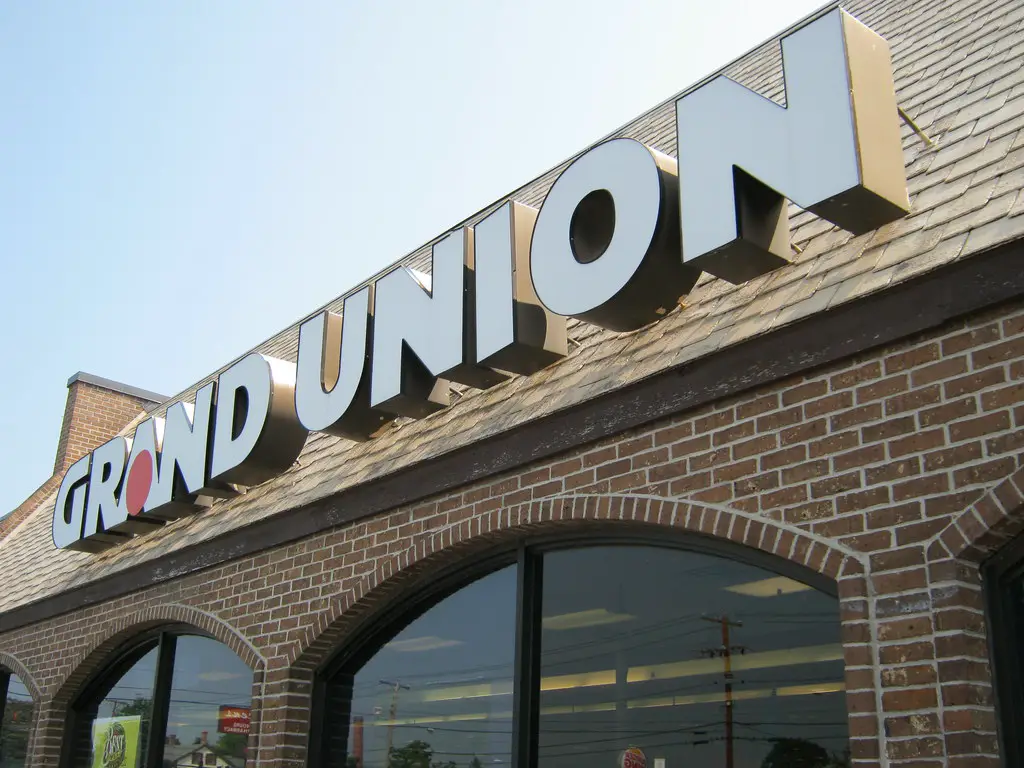
Grand Union was a major supermarket chain in the northeastern U.S. with a history dating back to 1872. At its height, the chain was known for its clean stores, quality products, and friendly customer service. Grand Union was once a go-to grocery store for many, especially in states like New Jersey, New York, and Connecticut.
By the late ’90s, however, Grand Union was struggling to keep up with competitors like Stop & Shop and Pathmark. A series of financial troubles and management issues contributed to its demise. In the early 2000s, Grand Union filed for bankruptcy and began selling off its locations. Today, the once-popular chain has largely faded into obscurity.
8. Eagle Food Centers

Eagle Food Centers, based in the Midwest, was a favorite grocery store for many families throughout Illinois and Iowa. Founded in 1922, it quickly became known for its commitment to quality and affordable prices. Its stores were staples in small and medium-sized towns, offering a large selection of products.
However, Eagle Food Centers could not compete with the bigger chains that began to dominate the market in the late ’90s. As competition increased and consumer habits shifted, Eagle struggled to maintain its customer base. By 2003, the chain filed for bankruptcy and eventually closed its doors. While its stores are long gone, many still remember the days of shopping at their local Eagle store.
9. Victory Supermarkets
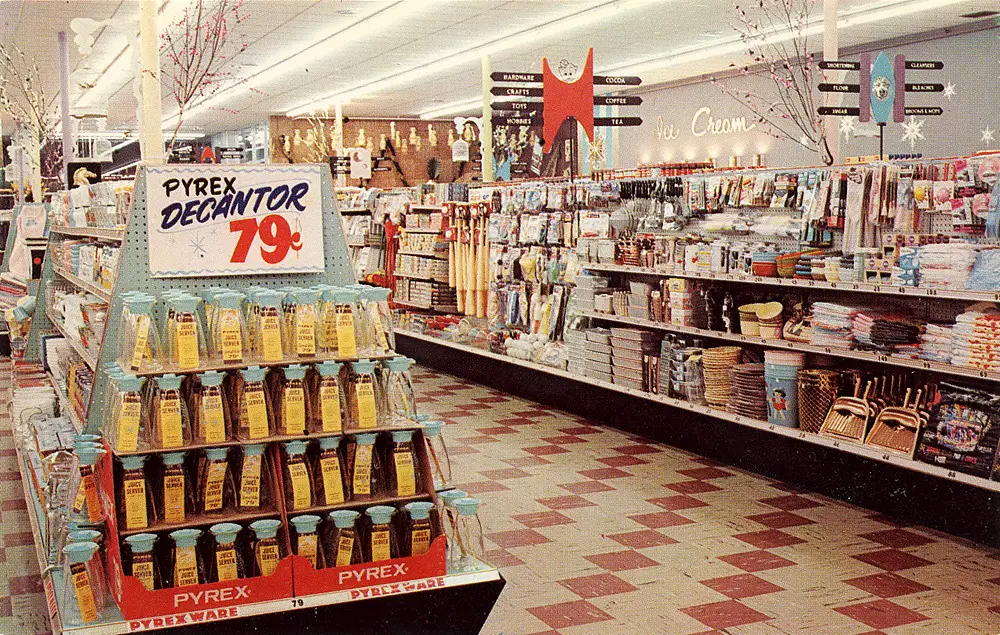
Victory Supermarkets had a strong presence in New England during the ’60s and ’70s. Known for its wide selection and affordable prices, it became a favorite among families in the area. At its peak, Victory was considered a reliable grocery store with locations in Massachusetts, Rhode Island, and Connecticut.
However, the company began to face competition from larger regional chains, and by the early ’90s, it started losing market share. In 1994, Victory Supermarkets was bought out by Shaw’s, another New England grocery chain. The Victory name slowly disappeared, and the once-popular stores were rebranded, with many of them eventually closing for good.
10. The IGA (Independent Grocers Alliance)

Founded in 1926, IGA (Independent Grocers Alliance) was one of the largest grocery chains in the world for decades. The store offered independently owned groceries but operated under a unified brand, which allowed local grocers to compete with large supermarket chains. IGA became particularly popular in small towns, offering everything from fresh produce to household essentials.
However, over the years, IGA’s cooperative model became difficult to maintain as larger chains took over the grocery industry. As bigger stores expanded, IGA struggled to keep its once-loyal customer base. While still operating in some areas, IGA’s dominance has long since diminished, and the name is now mostly relegated to smaller, regional stores.
11. Acme Markets (Pre-2000s)
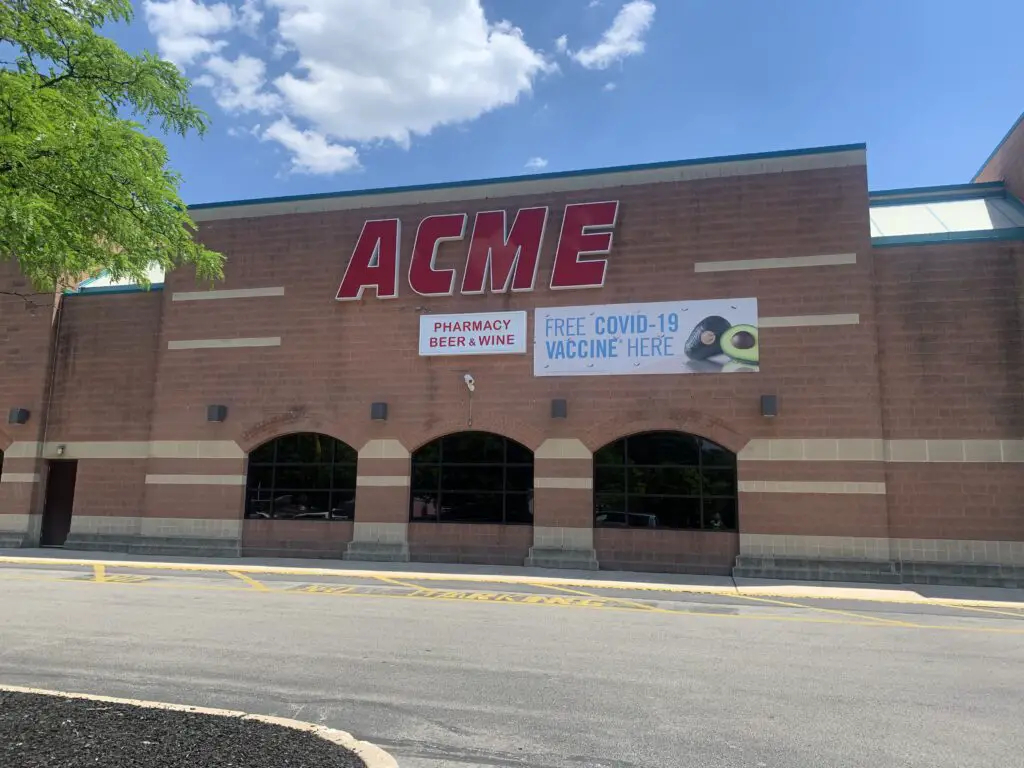
Acme Markets, founded in 1891, was once a familiar grocery store chain in the northeastern U.S. Its stores were known for a diverse selection of fresh products, including bakery items and meat cuts. Acme’s customer loyalty in states like Pennsylvania and New Jersey helped it thrive for much of the 20th century.
However, with the rise of discount stores and warehouse-style retailers, Acme struggled to adapt. It was eventually bought by Supervalu in the 1990s and continued to lose its competitive edge. Acme’s locations, once bustling with shoppers, have now been replaced by larger chains and discount retailers.
12. ShopKo
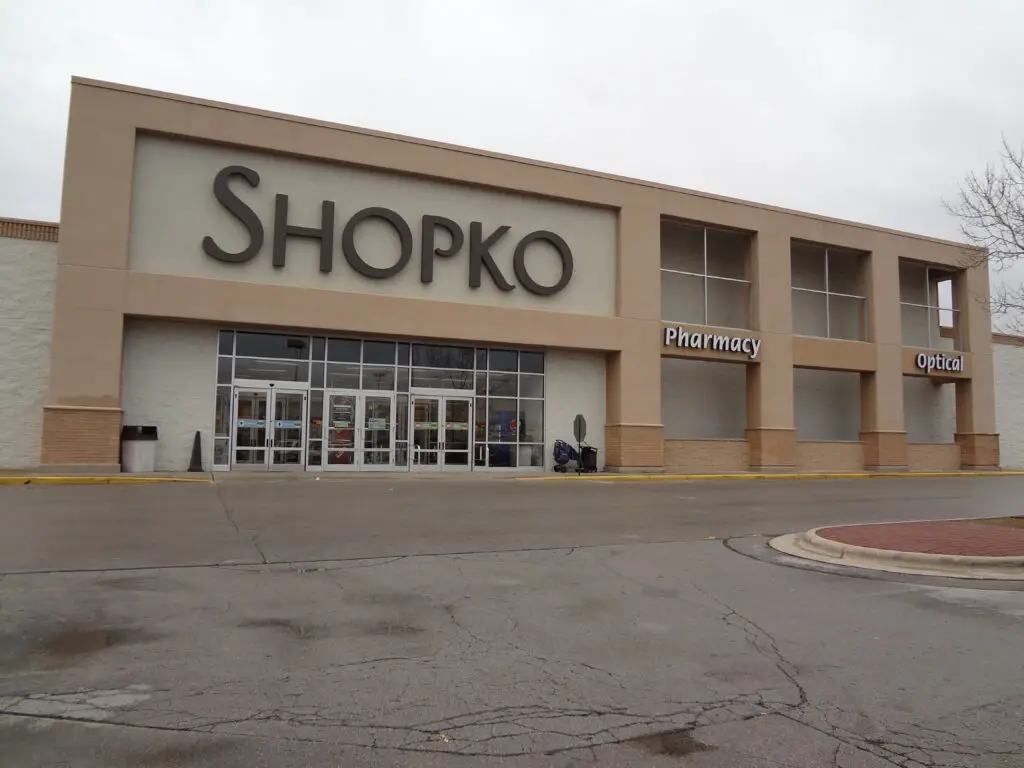
ShopKo, founded in 1962, was once a major player in the discount retail market, offering everything from groceries to clothing. It quickly became popular in Midwestern states, providing a one-stop shop for families looking for affordable goods. Throughout the ’70s and ’80s, ShopKo stores were a common sight in small towns and suburban areas.
But by the early 2000s, ShopKo began to face stiff competition from big-box stores like Walmart and Target. Its attempts to expand into larger cities were unsuccessful, and the chain’s slow adaptation to changing consumer trends contributed to its downfall. ShopKo filed for bankruptcy in 2019, and most of its stores were closed, leaving only a few remaining locations.
13. Pantry Pride

Pantry Pride was an iconic grocery store chain that was popular in the 1960s and ’70s. The chain, known for its affordable prices and vast selection, was a go-to for families looking to fill their pantries on a budget. Pantry Pride stores were common in the mid-Atlantic region and were celebrated for their competitive prices.
Despite its popularity, Pantry Pride struggled in the 1980s as competition from larger chains increased. By the end of the decade, the company was sold, and many of its stores were rebranded or closed. Though it has long since disappeared, the name “Pantry Pride” still evokes memories of shopping in the heyday of regional grocery chains.
